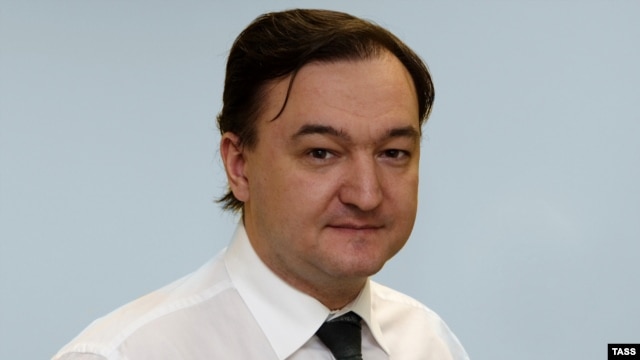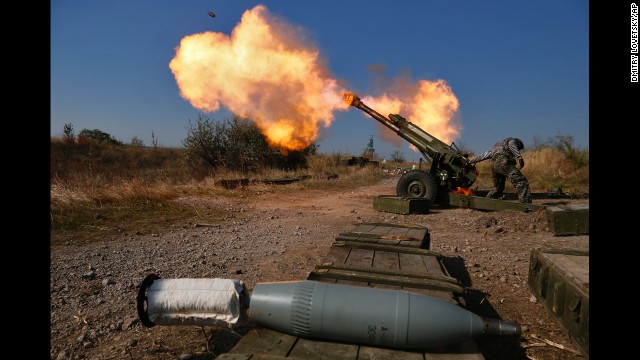By Kyle Herda
Impunity Watch Reporter, Europe
MOSCOW, Russia – It’s been five years since Russian lawyer Sergei Magnitsky died in a Russian prison at the age of 37 and under suspicious circumstances. Even so, Russia is still looking to bring self-claimed “justice” over Bill Browder, a former associate of Magnitsky.

Browder was the leader of the largest Russia-only investment firm in the world, Hermitage Capital Management. Browder’s company was worth over $4.5 billion by the early 2000’s. Magnitsky worked as a lawyer for Browder back when things were good.
As Browder became more and more successful, he began pushing for more transparency in Russian capitalism. In addition, Browder also pushed to expose corruption in Russian companies, hoping ultimately to have Russian capitalism come closer to Western models and encourage more mixing between the markets. When Vladimir Putin came to power, however, Browder’s goals were frustrated.
In 2005, Browder made a trip to Britain, but was refused re-entry into Russia after. Shortly thereafter, Browder’s company was declared to have $1 billion in “liabilities,” claimed by Browder to have come from fictitious documents. Quickly, Russia had other officials step in and attempt to clean up the mess Browder allegedly created.
Browder tried to have Magnitsky also flee, fearing what would happen if Russia decided to go after Magnitsky too. Instead, Magnitsky stayed behind and investigated very openly and expressly the fraud that Russia had committed on Brower and his company. He even testified against a group of Interior Ministry officers who allegedly stole over 5 billion rubles, or $230 million, from Russia’s Treasury. Magnitsky was imprisoned by these same officers on bogus charges, and he remained in prison until his physical condition worsened. Doctors were denied to Magnitsky, and under debated circumstances he passed away.
For the 5th anniversary of Magnitsky’s death, Browder has come out with a statement regarding circumstances surrounding Magnitsky. Browder calls into question the “natural causes” that led to Magnitsky’s death. Browder questions why Magnitsky was alleged to have been guilty of crimes but never uncovered any in his investigation. And Browder questions how the Russian state officials involved in the case were all exonerated. Finally, Browder discussed one success in the search for justice that has come since Magnitsky’s death. The United States passed the Magnitsky Act, banning certain Russian officials implicated in the case from entering the US.
After a trial in 2013 posthumously found Magnitsky guilty and Browder guilty in a trial in absentia, Browder was sentenced by a Russian court to 9 years in prison. Russia has repeatedly tried to get Interpol, the international police force, to retrieve Browder from Britain and bring him to Russia, and Russia has repeatedly been denied. However, Interpol has recently decided to give Russia another chance to make their case.
For more information, please see:
Radio Free Europe Radio Liberty – Interpol Said To Eye New Russian Bid For Browder’s Arrest – 17 November 2014
The New York Times – Putin Plays Hardball – 17 November 2014
Law and Order in Russia – Statement by Bill Browder on 5th Anniversary of Sergei Magnitsky’s Killing in Russia – 16 November 2014
The Moscow Times – From the Archive: Magnitsky’s Death Was No Accident – 14 November 2014



